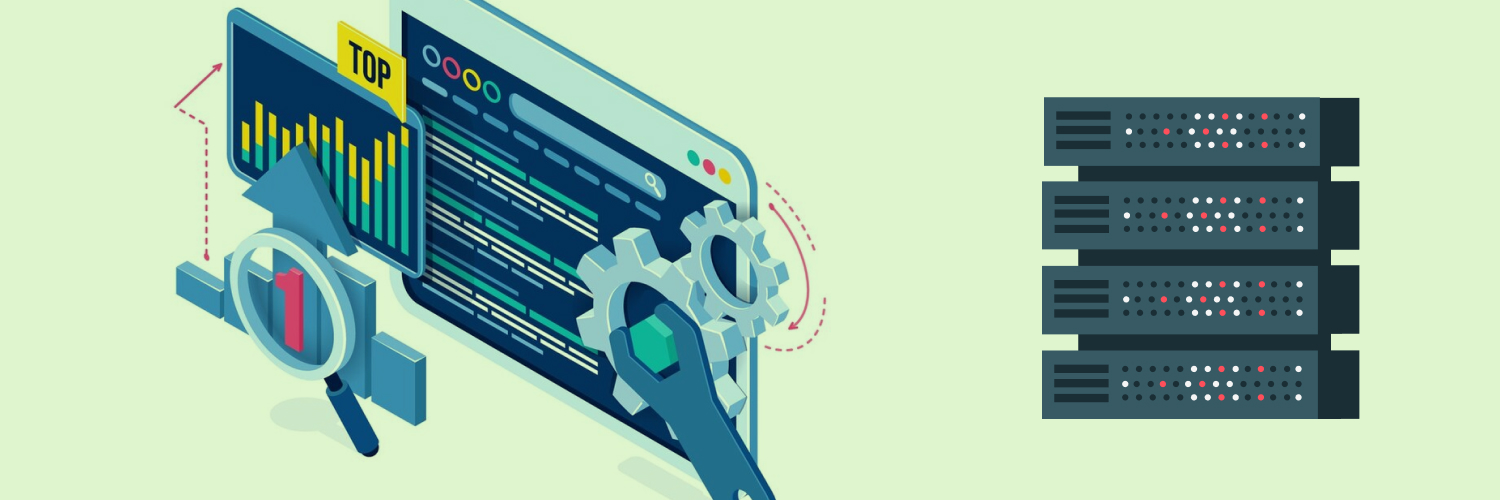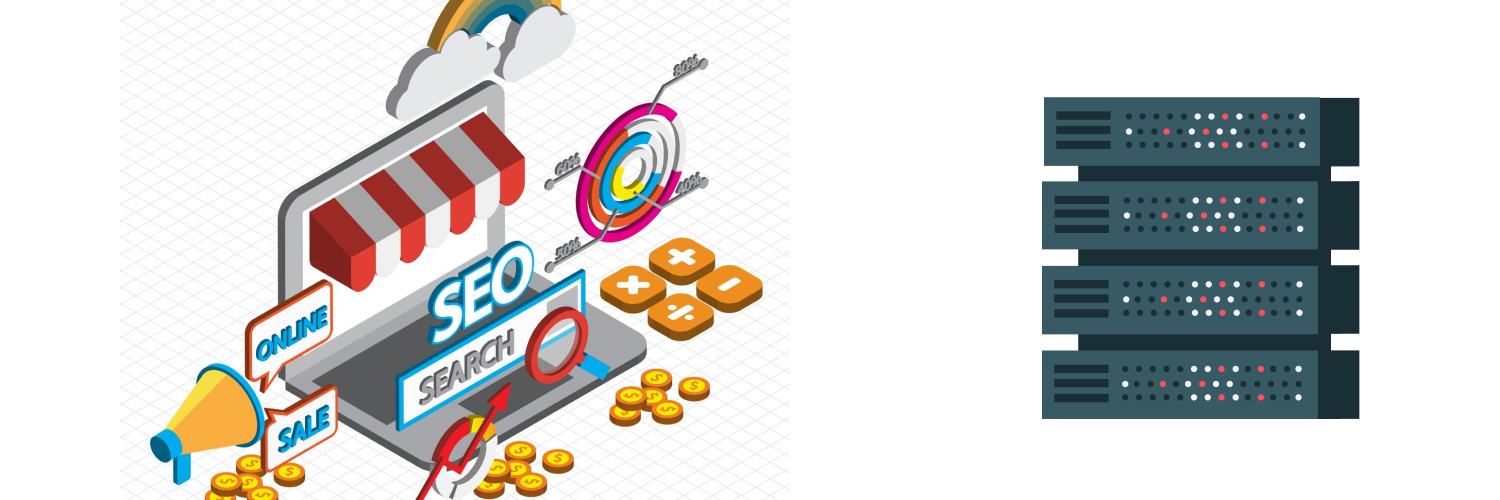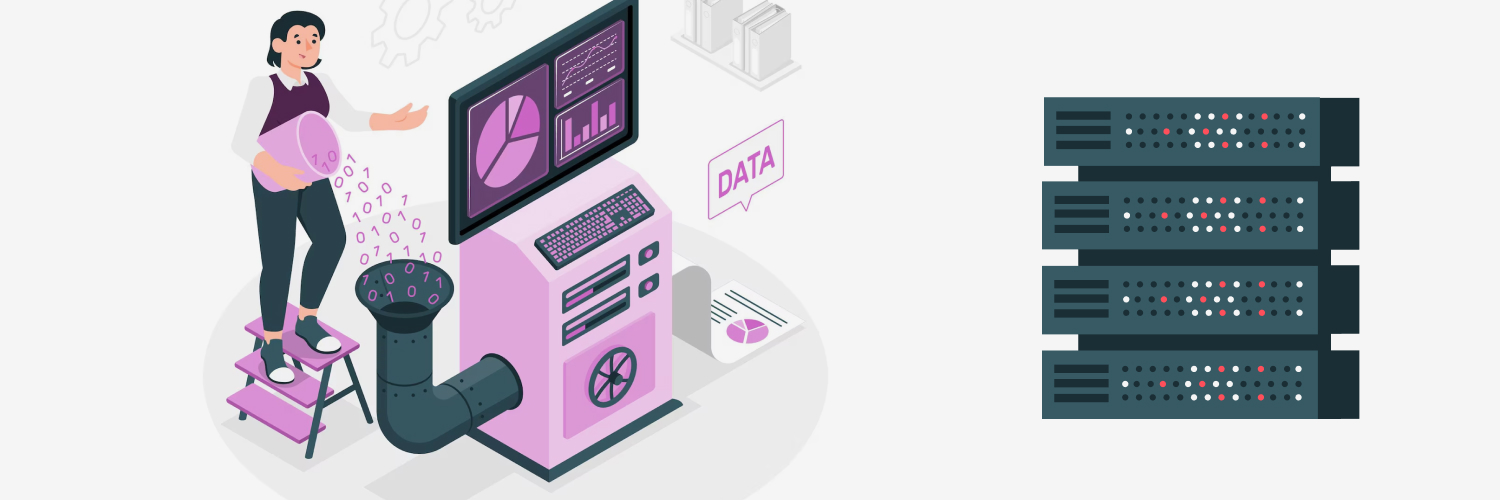Web Proxies: How to Find Google Trends Data to Gain a Competitive Edge
Did you know that companies that adopt data-driven marketing are six times more likely to be profitable than their competitors? Three out of every four executive leaders base their marketing decisions on data analytics.
The statistics are clear: Data-driven marketing is the future.
There are countless sources of public data you can tap into. But there’s one source that’s often overlooked by business leaders as a data collection tool. Google Trends is a free-to-use platform that measures public interest in a particular topic, showing you the demand for that keyword and how it’s evolved over time.
Let’s dig deeper into what makes Google Trends such a powerful tool — and how you can use proxies to harness Google Trends data to give your business an advantage.
What is Google Trends?

A vast number of searches take place on Google — several trillion each year — making it one of the largest datasets out there. Google Trends is essentially a data exploration tool that allows marketers a glimpse into what people are interested in.
Taking real-time Google searches, Google makes this data anonymous, allowing you to search through it to find certain trends. You can narrow your search down to a particular query topic or specific keywords used to search.
This can give marketers valuable insight into customer behavior, including the volume of Google searches for certain keywords, geographic locations where the queries are the most popular, and how the popularity of trends changes over time.
Using the tool effectively, however, is another question entirely. If it’s used the right way, you can leverage Google Trends to your advantage.
How to Use Google Trends Data to Your Advantage

From understanding your target audience to finding the hottest products to sell, Google Trends data usage offers endless opportunities to give your business a boost. Here are a few of the ways you can use Google Trends data to gain a competitive edge.
1. Better understand your audience
As the most popular and widely used search engine on the web, Google is the best place to turn if you want to find out what people are searching for online.
Understanding Google Trends data can offer you an accurate look at your audience, including their public opinion, their interests, and what kind of trends they’re searching for in your industry.
2. Create more relevant content
Most people don’t open Google just to learn more about a general topic. People tend to turn to Google with specific search queries — questions they need answered.
If you can find those burning questions, you have a great starting point for a relevant content plan.
For example, if Google Trends data shows that your audience wants to know more about how to make a digital marketing plan or how to use social media in digital marketing, you can create content that fills that gap. Analyzing this data can help you create more valuable content that hits your audience’s pain points and drives them to your site.
3. Hone your keyword research
There are countless keyword research tools out there to help you optimize your SEO. But these tools can’t predict future trends.
For example, other keyword research tools might show that a particular keyword has the ideal monthly search volume. But if you double-check this with Google Trends, you might find that the term is starting to lose momentum, while other keywords have more potential for future search traffic.
4. Find eCommerce products
In online retail or eCommerce, the right product can make or break your chances of survival in the industry. Using Google Trends big data, you can find the product that’s most likely to succeed.
Even if you already have a niche already picked out, using Google Trends data can help you narrow down which product has the highest search volume or which products are likely to trend.
5. Monitor your brand awareness
When you’re working to build brand awareness, you know how hard it can be to track your results. Google Trends data can get you concrete metrics to let you know how your brand is performing online.
This can also point you towards the next steps for your brand. For example, you might notice that one product or service has a higher search volume than another.
Or, you might find that more customers are beginning to search for reviews, which means you need to bolster your online reputation.
6. Identify seasonal trends
Every industry is likely to have some seasonal peaks. Some might be more obvious, like an uptick in vacation bookings during the summer. Others are harder to identify.
But even for those that seem clear-cut, there might be an unlikely spike in sales in certain months. For example, an item that spikes in popularity around Christmas might start gaining ground on Google Trends as early as August. This tells you that you need to jump-start your marketing even earlier in the year to stay competitive.
7. Use advanced targeting
When you’re analyzing Google Trends daily data, it’s important not to forget about location. You won’t just find popular keywords and search volumes — you can narrow down their geographical location too.
For example, if you’re selling hair wigs and extensions, you want to know where in the U.S. you can get the most interest in this product.
Google Trends can show you what parts of the U.S. show the most interest in search terms related to wigs and extensions. You can even get more specific, narrowing your search down to metro and city areas. And Google Trends data API feature allows you to pull information quickly and efficiently.
If you’re supplying products to these areas, this is a sign to double down on paid media ads in those specific locations, or even opening up an in-person showroom. Even social media content can be targeted to those regions.
How to Get Google Trends Data Using Web Scraping

While Google Trends is a free platform to use, it can be time-consuming to sort through each individual keyword and datapoint. That’s where web scraping (also known as web harvesting or data scraping) comes in.
To put it simply, web scraping is the process of extracting data from online sources. Using a proxy to hide your machine’s IP address and override potential blocks, the program automatically combs through different sites to extract the exact information you’re looking for.
This process makes it easier for businesses to collect, export, and analyze the most interesting Google Trends data for their industry. You can use web scraping to run Google Trends requests, getting information like popularity over time, search results by region, and related topics.
Web Proxies: Extracting Monthly Data From Google Trends

To safely and effectively scrape data from Google Trends, you’ll need to make use of a proxy.
A proxy is a third-party server that essentially acts as an intermediary server between the user and the Google Trends site.
How proxies work
Why exactly do you need an intermediary server? If a website detects a large volume of data requests, it might place limits on how much data you can scrape. You also might run into IP blocks or blocks of certain geographical locations.
When you’re using a proxy, the website detects the proxy’s own IP address instead of your own. This means that when you make a request, the website forwards the data to the proxy server, which then sends it to the user.
Harvesting data with residential proxies
If you want to avoid being blocked by Google Trends, you have two options for proxies: data center proxies and residential proxies.
Data center proxies are the most common and affordable option. When you send a data request to a website, that request goes through the datacenter proxy server, which masks your IP. The problem is, websites are becoming aware of requests from datacenter proxies, which means they’re more likely to block them.
While a more expensive option, residential proxies offer a solution to this problem. Residential proxies are the most effective for web scraping as they’re essentially undetectable. Using a real IP address, a residential proxy doesn’t come from a data center. It can better mimic real human activity, which means that Google Trends is less likely to flag it as a bot.
There is one catch, however. Google Trends can still limit the volume of your data requests per minute — even if they’re coming from a different IP address than your own. That means even if you’re using a residential proxy, you might run up against the same data limitations, or even face a ban if you exceed that rate.
Thankfully, some residential proxy providers also offer advanced rotation. This means that for every connection you make, you get a new IP address. With rotation, you can circumvent data restrictions and scrape as much information as you need from Google Trends.
The Bottom Line

Google Trends offers limitless potential for information. Whether it’s assessing new product trends or keeping an eye on the market, Google Trends information has something useful for you. Using this glimpse into customer insight, you can make more informed business decisions and stay on top of all the latest trends in your industry.
Using a proxy to scrape Google Trends data will enable you to access the information you need quickly and easily. However, not all proxy providers offer the same guarantees. If you’re looking for the right proxy to start scraping Google Trends data, look for an ethical proxy provider so you can pull the data you need the right way.
The information contained within this article, including information posted by official staff, guest-submitted material, message board postings, or other third-party material is presented solely for the purposes of education and furtherance of the knowledge of the reader. All trademarks used in this publication are hereby acknowledged as the property of their respective owners.





